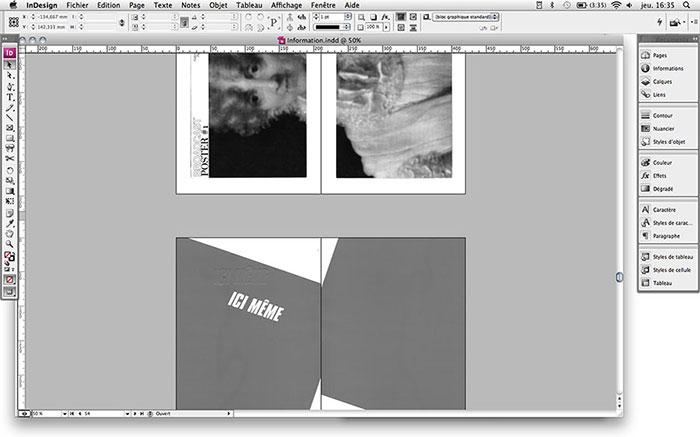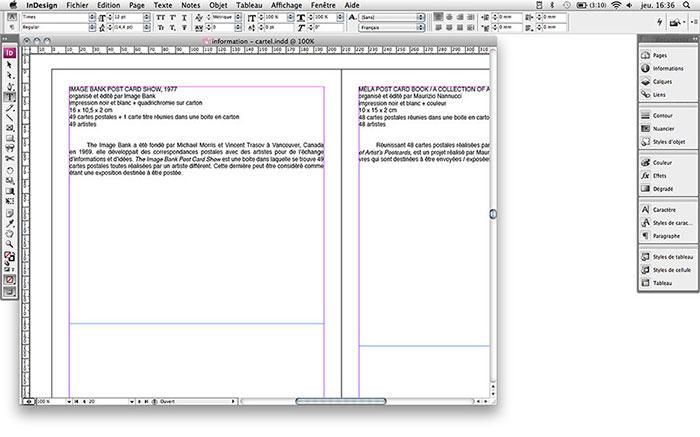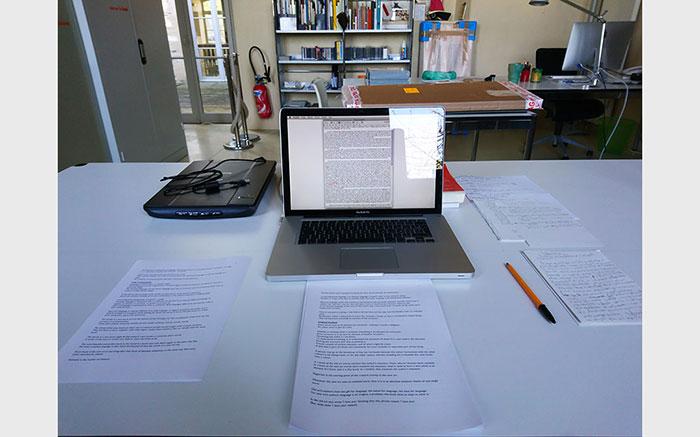Alex Chevalier
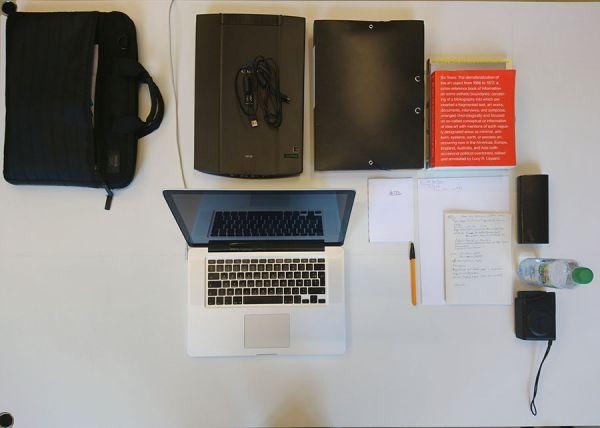
© Droits réservés - Alex Chevalier
residency intro
In view of conceptual and post-conceptual art practices, with echoes of minimal art, I’ve always asked myself about the role or importance of space in contemporary art. How does a space, be it public or private, interior or exterior, influence an artist’s practice? And if I have a practice linked to questions of pictorial approach and the spatial disposition of a project, then a whole part of my research develops through publishing work that happens as much in public space (work that makes sense when activated in street art, distribution or exchange), as through more “traditional” practices, implying books or “mail art.” Alongside my work as an artist, a desire and need to work with other artists and authors quickly manifested itself, which naturally led me to curatorial research. In my very first projects as a curator, I decided to work with a limited space, one that’s well-known and easily reproduced: an A4 format sheet of paper (Kontakt). While other projects arose (in public space with Hors Des Murs, through the book with Les Invisibles, or using a private collection for Salon) a whole series of questions quickly came up: invitation, production, distribution, reception…Questions that, years later, seem just as relevant and never cease to inspire me both as an artist and as a curator.
Following Didier Mathieu’s invitation to a research residency at the Centre Des Livres d'Artistes (CDLA) in the fall of 2017 (between October 16 and November 13 to be exact), I immediately sought to work on two specific publishing practices, namely, publishing space as curatorial space and the idea of the author as producer of their own space. The CDLA’s collection of almost 6,000 works offers infinite research possibilities to anyone interested in publishing by artists. I also wanted, from the beginning of my residency, to conduct research using an empirical model: exploring each box from the archive in order to discover the works in the collection, being surprised by them, and in this way avoiding directing my research toward publishing practices I already knew about. Also, and from the very beginning of the residency, I set up a simple work protocol that allowed me to carry out research on the different forms and issues that each of these ideas was able to create. The first one led to a long work of writing and establishing an index of “books/exhibitions,” the second to a study of the forms set up by artists to create shared spaces specific to their practices, which resulted in an exhibition created during the residency and presented at the CDLA, The Author as Producer.

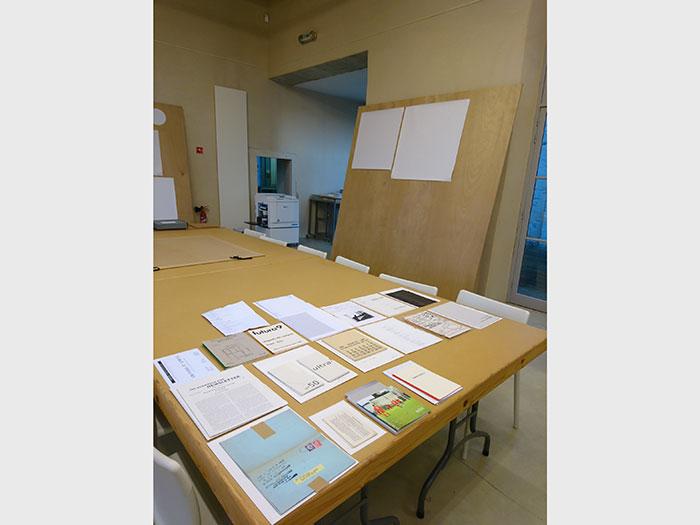
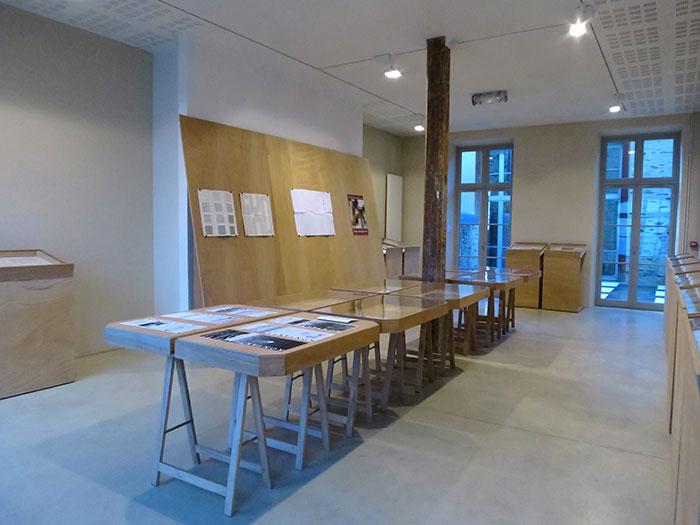
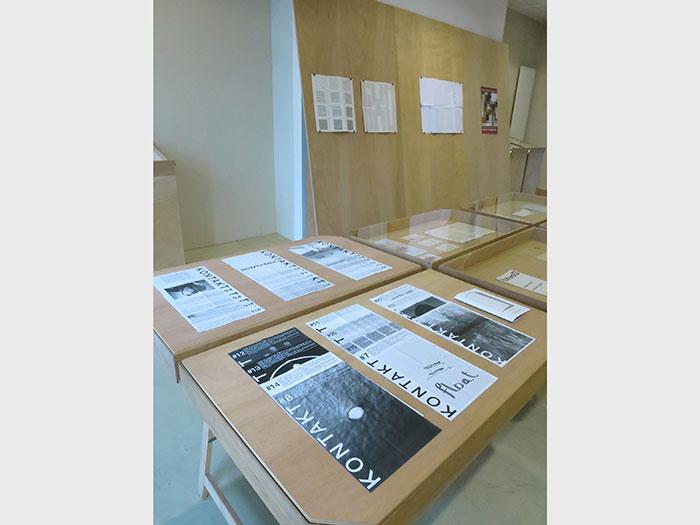
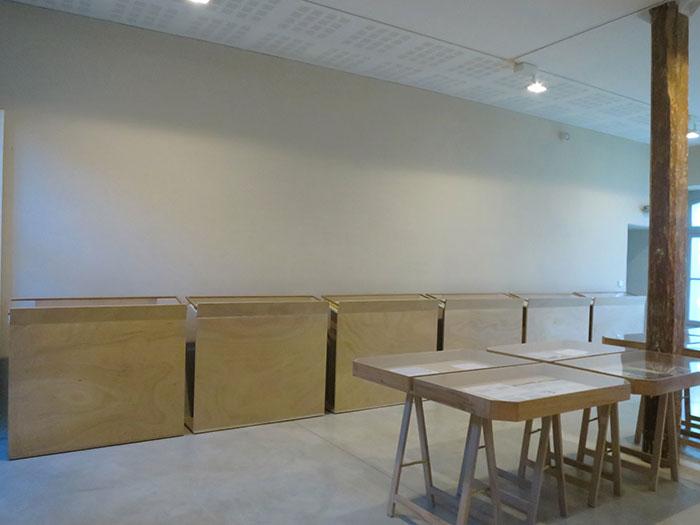
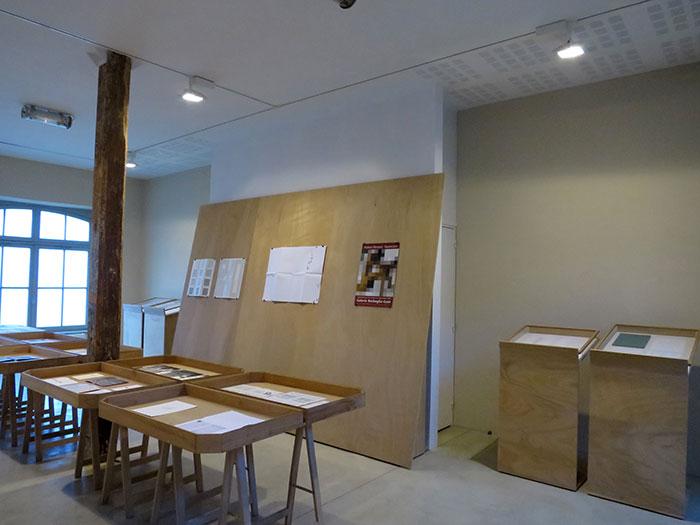
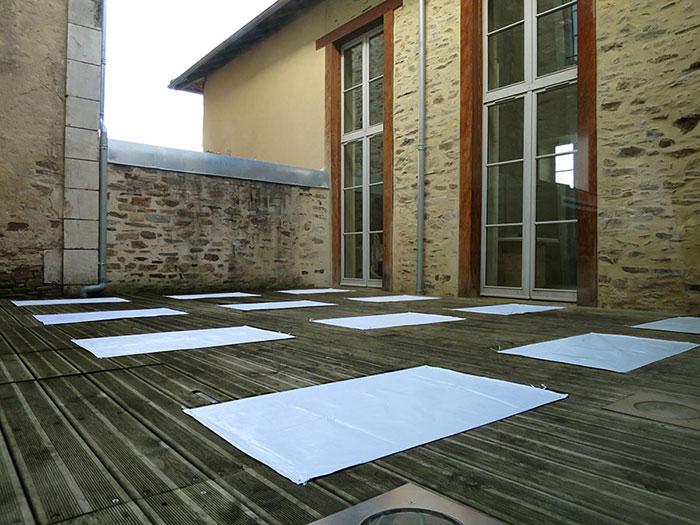
Imagined and created from Kontakt, a publishing and curatorial project I’ve been running since 2012 that consists in providing its invited artists or authors with a double-sided A4 space, the exhibition “the Author as Producer” interrogates the author or artist as producer of their own space of display and distribution. What publishing solutions have they found and implemented in order to create a space entirely dedicated to their practice? It’s a work economy as much as a way of thinking, and one finds it in the art of Do It Yourself (DIY) punk from the 1970s and 80s. Out of these practices, and this is what the exhibition aims to highlight, came a will to produce and distribute content rapidly. In the background lies the question of the political and economic aspects of these works, like the desire to resist an institutional model which sets its rules by the art market, for one. In the 1960s and 70s, actors in conceptual art took hold of precisely these tools of publishing in order to break free of the rules the market imposed, and thus create their own spaces of existence and zones of direct contact with the public. Thus the book, inexpensive and infinitely reproducible, would allow art to exit its white cube. The exhibition also focuses on different types of printed works (from the art review to the book, by way of the poster and handout), all produced in the past fifty years.
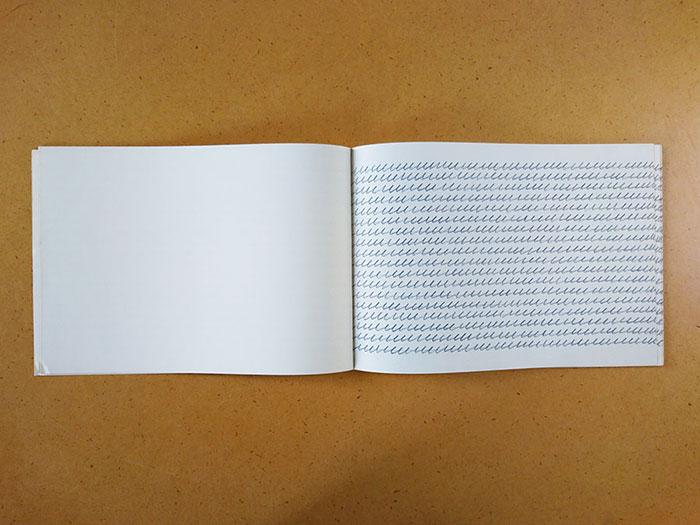
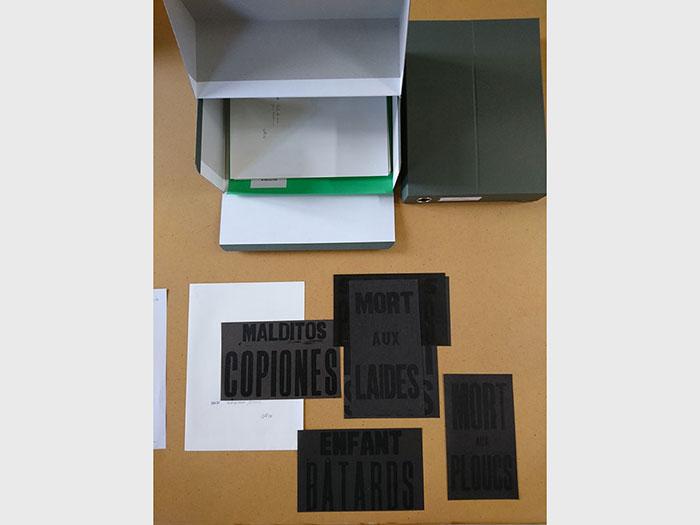
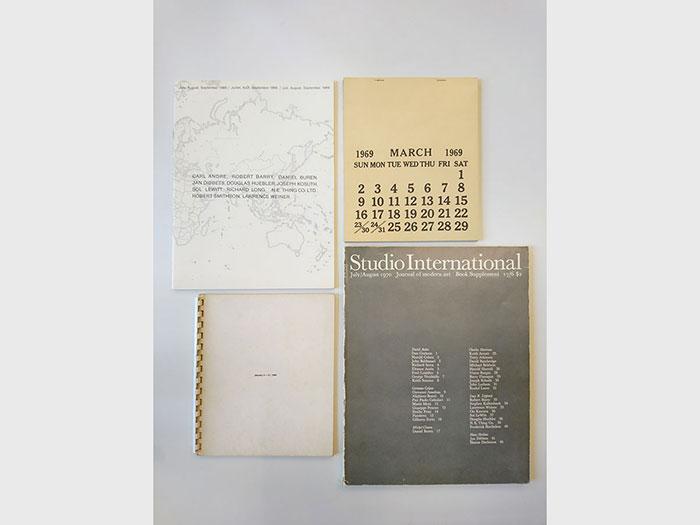
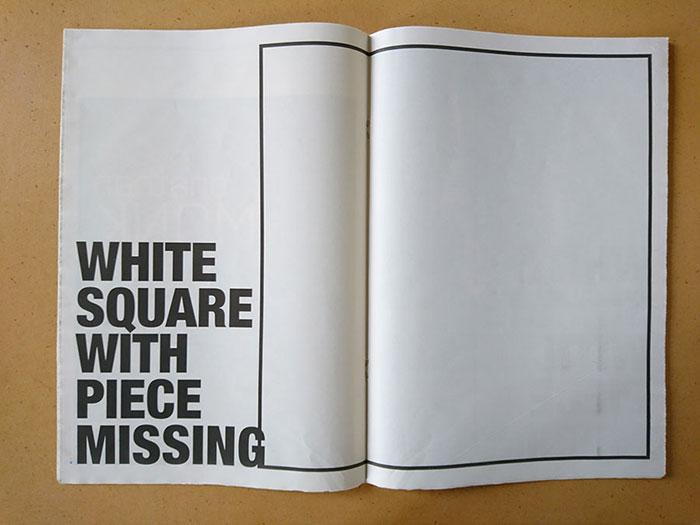
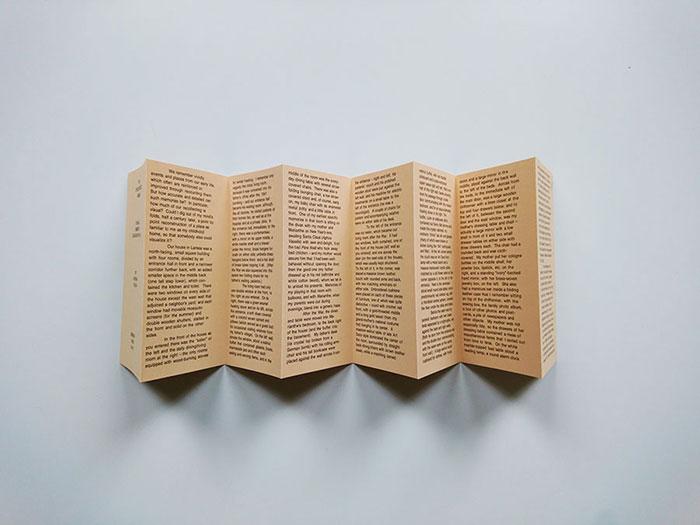
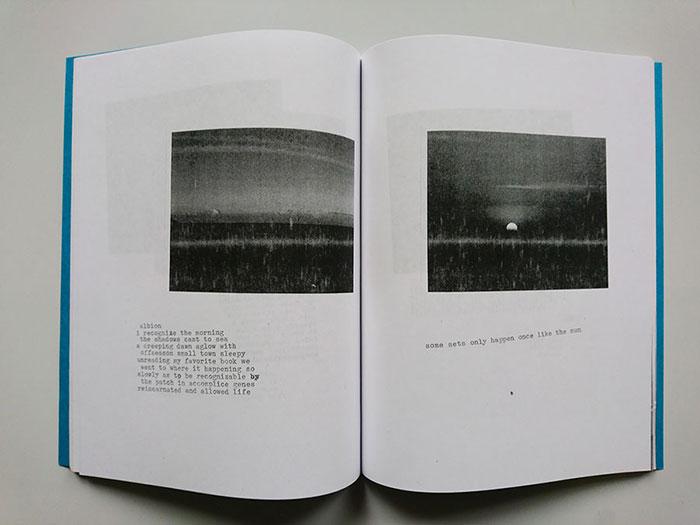
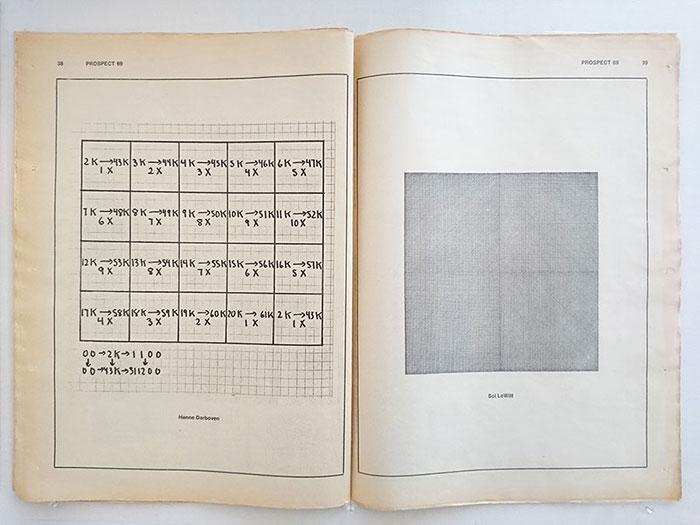
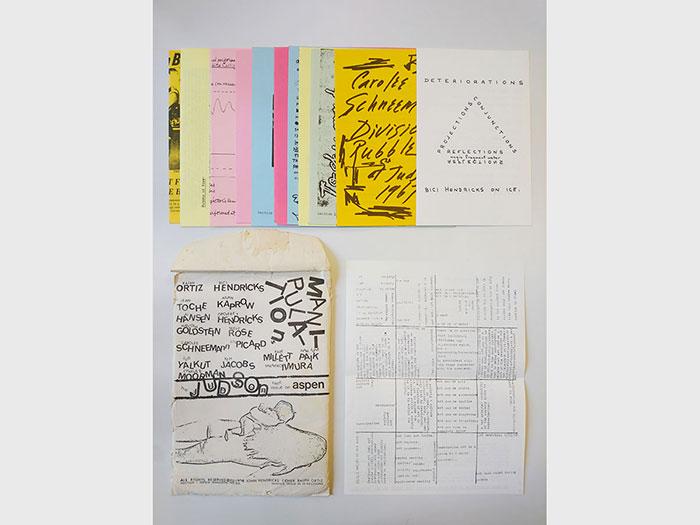
Information is the second research project I carried out at the CDLA residency. It came from a desire to understand publishing space as curatorial space. Even if the question of the “book exhibition” was clear in my mind, I quickly started asking myself if all publication wasn’t able, finally, to play the same role of exhibiting works, in the sense that it shows an art object or a body of work brought together in the same space. Furthermore, the question of the “editor” (in the Anglo-Saxon sense of the word) also emerges: is the editor a curator? I thus decided to use a simple rule, a work method I could apply to any publication, at the CDLA as elsewhere. From this moment on, I decided to consider a publication as an exhibition, starting from the propositions defended in each one: as soon as the intention to create a printed exhibition space is mentioned, questioning the role of the gallery or proposing that the artist consider the space of the page as a space of displaying in its own right, then the book can be considered an “exhibition book” because that was its initial intention rather than a subsequent viewpoint or personal reflection on the creation of the object observed. Starting from my exploration of the CDLA collections, Information was conceived around individual cards where the information relative to each publication can be found: title, year, organizer/curator, number of artists, number of pages, dimensions, printing type, and all other defining characteristics. In addition, I add an explanatory note on the work, written using the collected information.
If the residency allowed me to further my research related to publishing and curatorial practices, it also allowed me to familiarize myself with and observe the intelligence of artists who, through publishing, manage to find appropriate solutions adapted to their practice. Whether it be self-financed publications, more or less cheap, via invitation or through partnerships with publishers that have greater means, I was able to see that these artists ask first of all about the physicality of the medium and the way in which that format is received or understood by the reader or viewer. As this is surely the biggest issue related to artist publishing. Whether it’s considered a space for exhibition, sharing, displaying, or work, publishing for artists means rethinking the way in which the book (as well as flyers, postcards, posters etc.) is traditionally apprehended, practiced and created. It’s a conception of the book that reflexively attacks the architecture directly and considers its pages as spaces in their own right. The page is no longer seen as a medium on which an image or text is printed but as a space that contains its constraints within itself. In The New Art of Making Books, written in 1975, Ulises Carrión seeks to redefine the book as a practice within his literary circle of the time. He believes that the book has changed, and speaks of “old books” when referring to former literary practices and “new books” when talking about contemporary literature. According to Carrión, stated in the first sentence of the work, “a book is a sequence of spaces”—a phrase that might seem anodyne but might also be seen to express any publishing practice.
